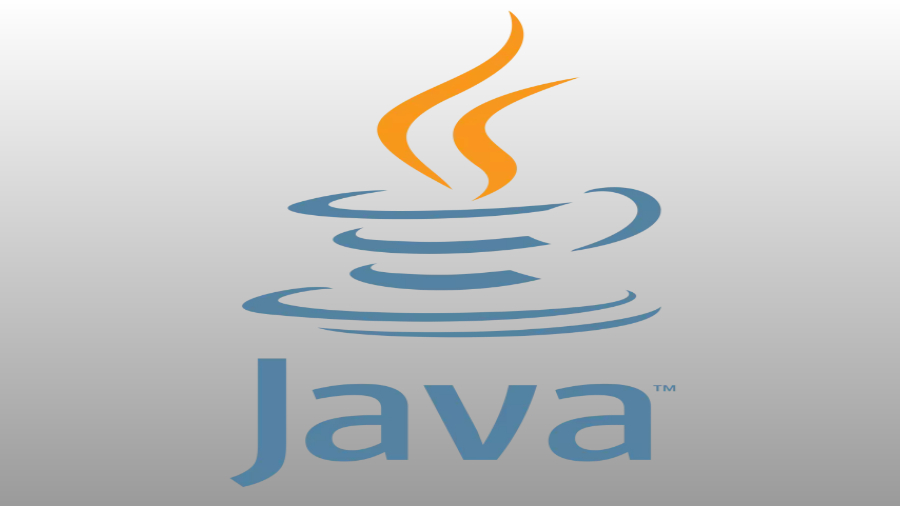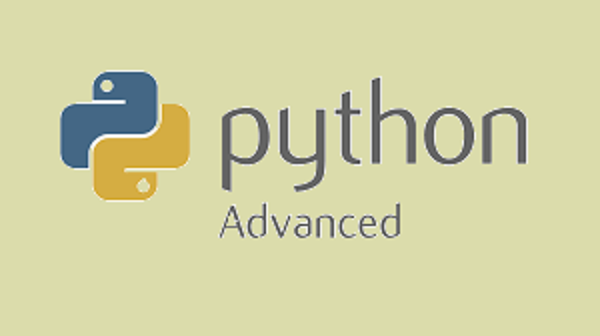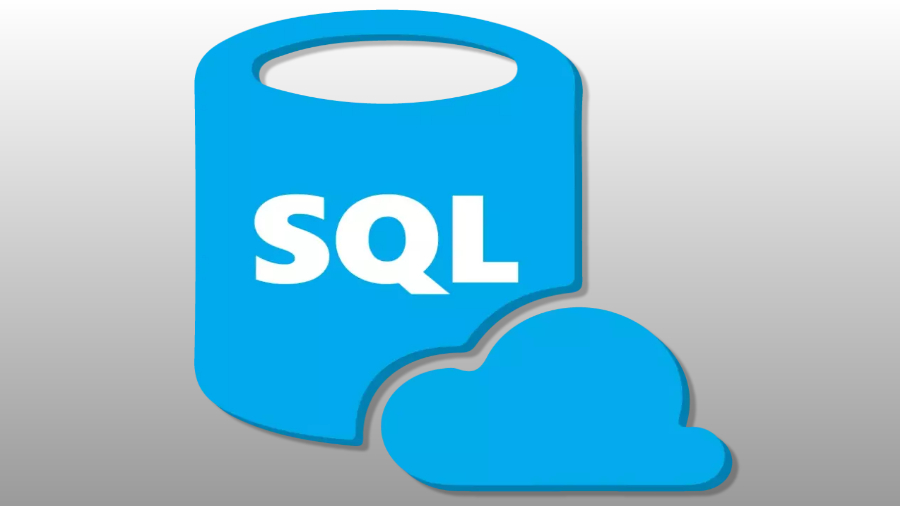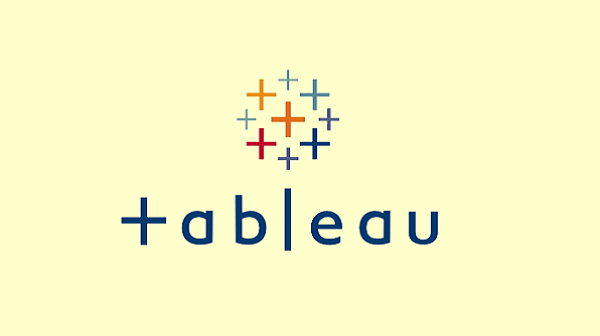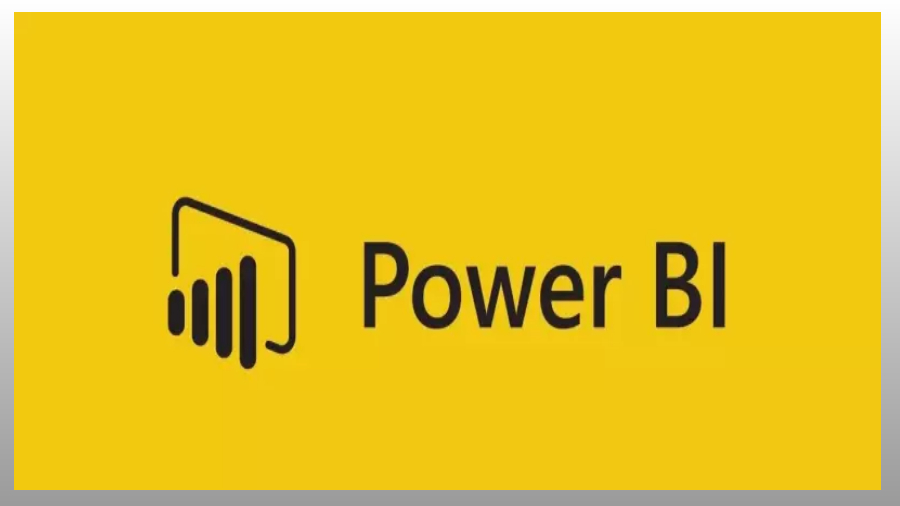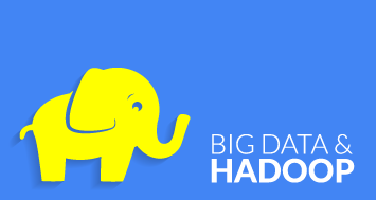Data Engineering
Become a Skilled Data Engineer with Our Industry-Focused Data Engineering Course! Master the art of building, managing, and optimizing large-scale data systems with our comprehensive Data Engineering Course. This program covers essential tools and technologies such as SQL, Python, Apache Spark, Hadoop, Data Warehousing, ETL Pipelines, and Cloud Platforms like AWS and Azure. Gain hands-on experience in data integration, data transformation, and pipeline development to become job-ready for high-demand roles in the data industry. Whether you're an aspiring data engineer, data analyst, or IT professional looking to upskill, this course will equip you with practical skills to design scalable data solutions. Enroll today and take the first step toward a successful career in Data Engineering!

